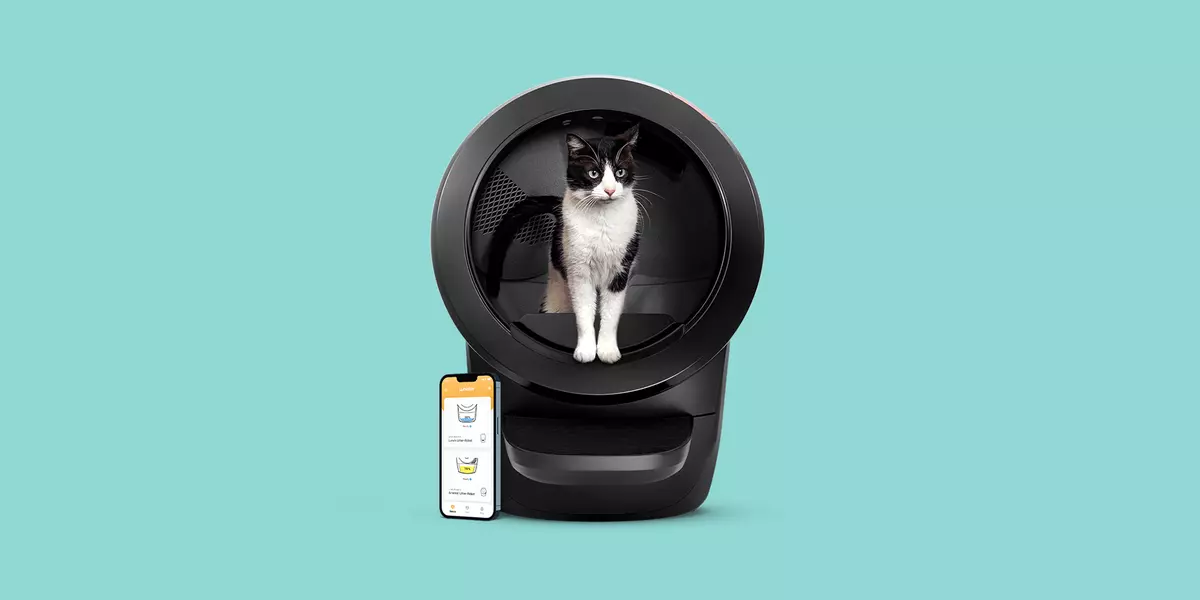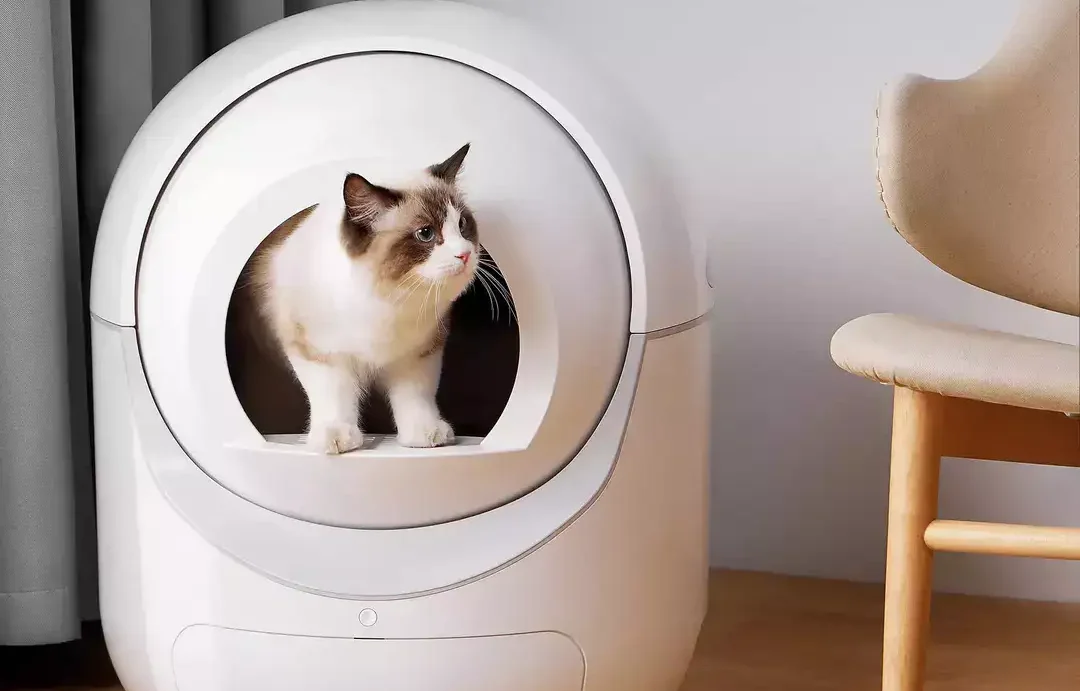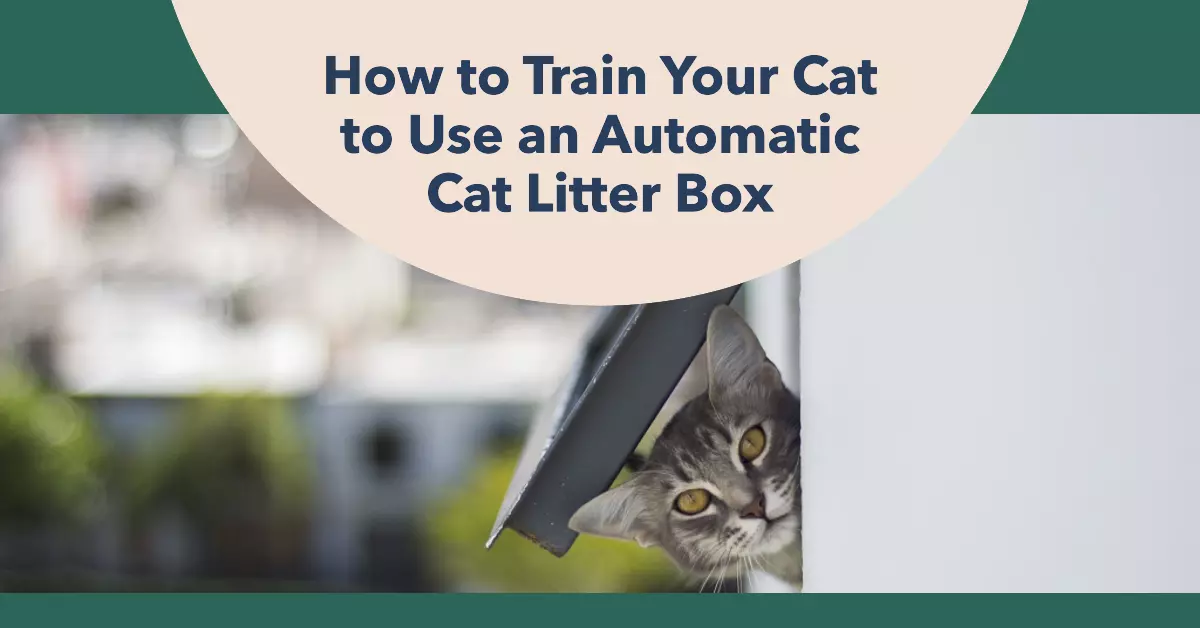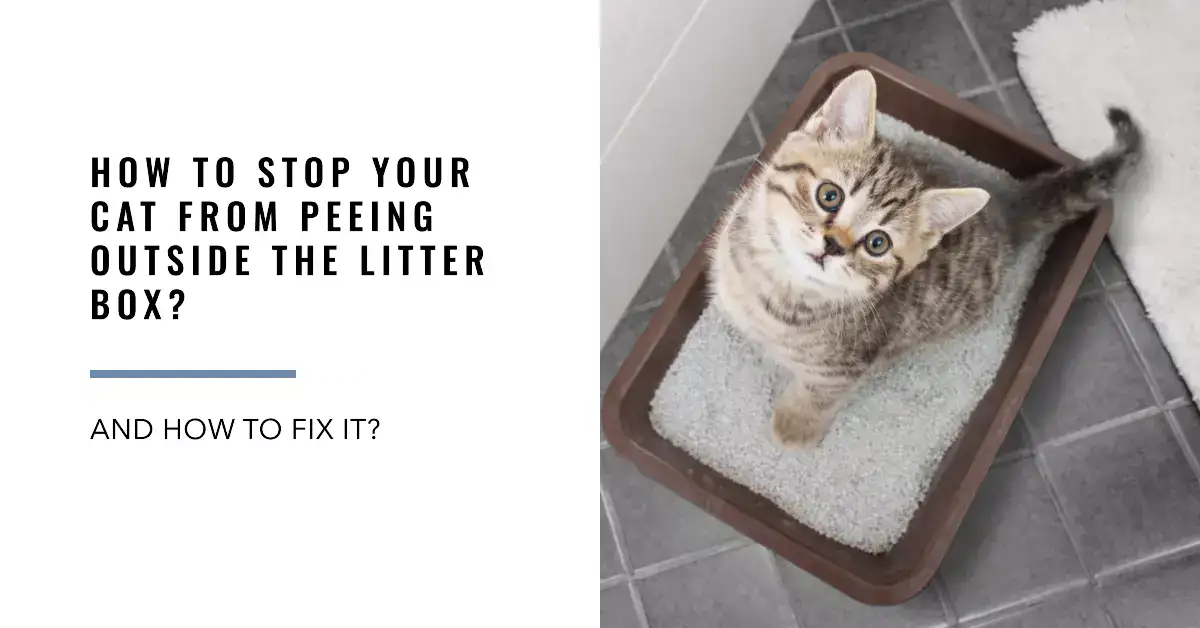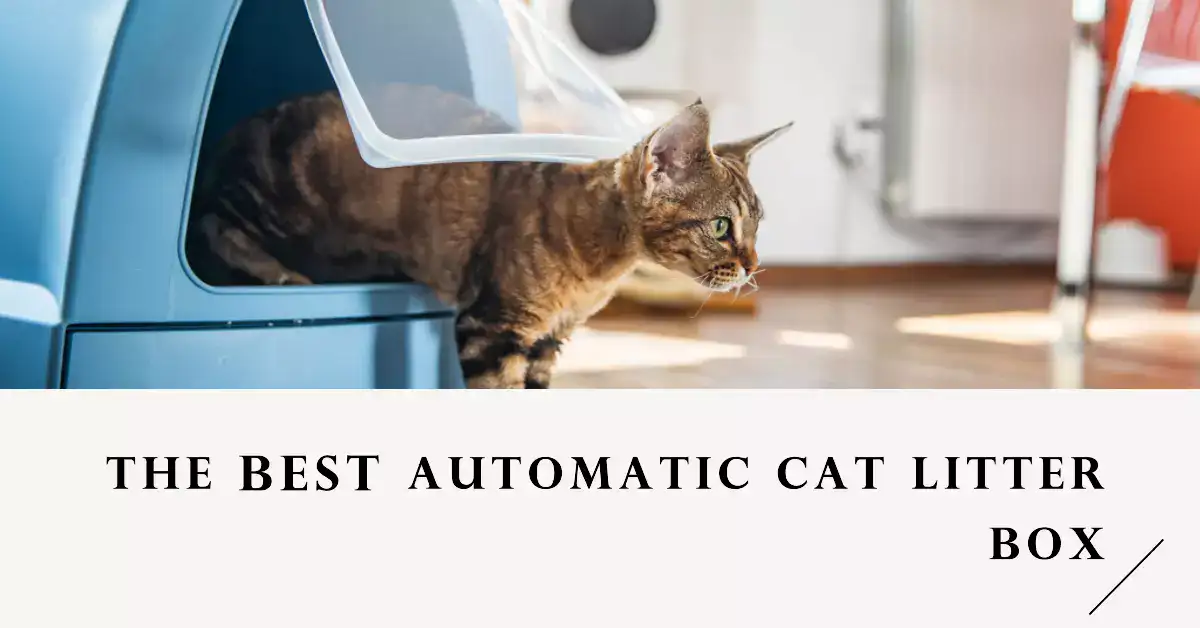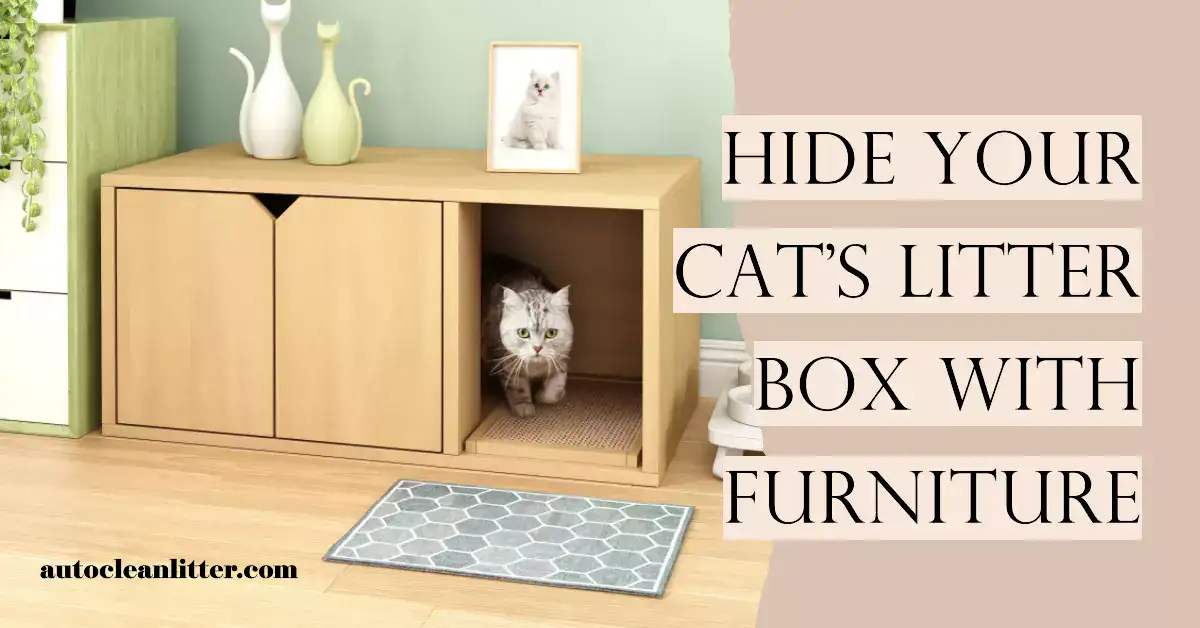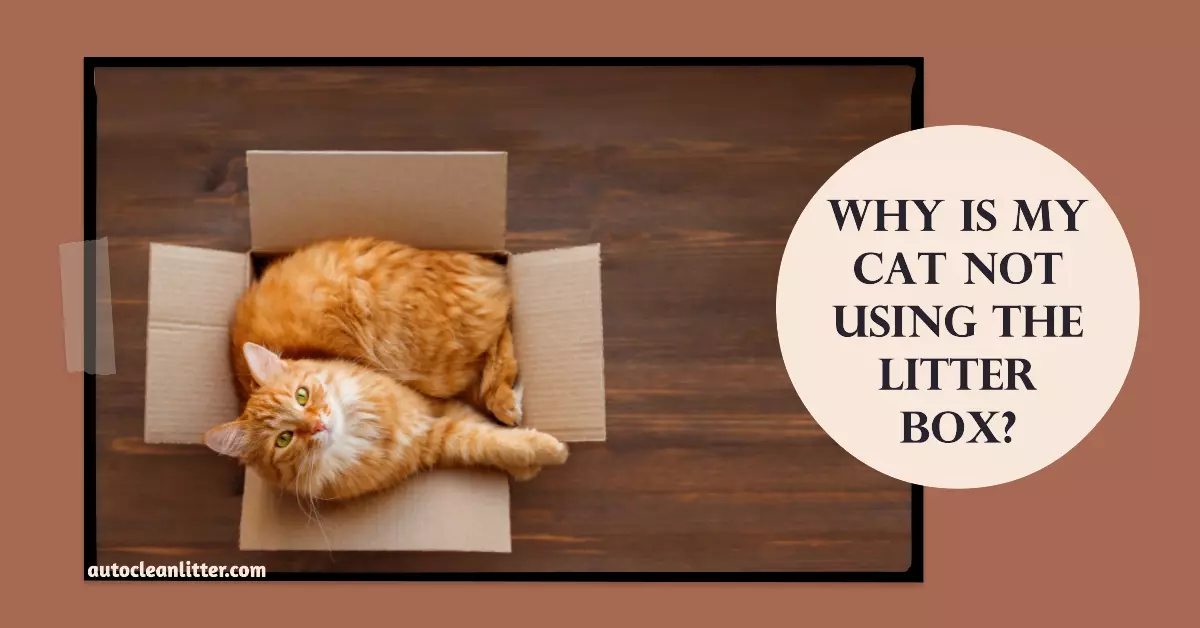Have you ever noticed your cat pressing its head against you? This peculiar behavior might leave you puzzled, wondering whether it’s a sign of affection, a plea for attention, or something else entirely. This blog post delves deeply into the reasons behind your feline’s habit of pressing their head against you, exploring its meanings, possible underlying causes, and what you should do about it. Understanding this behavior not only enhances your bond with your pet but also allows you to take better care of their emotional and physical health.
What is Cat Head Pressing?
Understanding Head Pressing Behavior in Cats

Head pressing in cats is a behavior known as head bunting or head butting, where your cat leans their forehead against you or other objects. Although this behavior can signify affection and comfort, it can also indicate more serious issues that require your attention. It is essential to observe your pet’s overall behavior, health, and environment to determine the underlying cause of this behavior.
What Is the Differentiating Head Pressing from Head Butting?
Differentiating between head pressing and head butting in cats is crucial, as they indicate very different things:
Head Pressing
Head pressing is a concerning behavior where a cat compulsively presses its head against a wall or other hard surfaces for extended periods. This behavior is often a sign of a serious medical condition, such as:
- Neurological Disorders: Conditions affecting the brain, such as prosencephalon disease.
- Liver Disease: Hepatic encephalopathy can cause head pressing due to toxin buildup.
- Poisoning: Exposure to toxins can lead to neurological symptoms, including head pressing.
- Infections: Brain infections or inflammations can also cause this behavior.
Head Butting
Head butting (or head bunting) is a normal, affectionate behavior where a cat gently bumps its head against people, other animals, or objects. This behavior is a sign of:
- Affection: Cats head butt to show love and bond with their owners.
- Marking Territory: Cats have scent glands on their heads and use head butting to mark their territory with their scent.
- Seeking Attention: Cats may head butt to get attention or solicit petting from their owners.
Key Differences
- Duration and Intensity: Head pressing is prolonged and forceful, while head butting is brief and gentle.
- Context: Head pressing often occurs in isolation and is repetitive, whereas head butting happens during social interactions.
- Associated Symptoms: Head pressing is usually accompanied by other signs of illness, such as seizures, disorientation, or lethargy. Head butting is typically seen in healthy, happy cats.
Common Reasons and Causes of Cat Head Pressing

Common Medical Conditions
Prosencephalon Disease
Prosencephalon disease, also known as forebrain disease, affects the brain’s frontal lobe. This condition can lead to abnormal behaviors such as head pressing due to the disruption of normal brain functions. Early diagnosis and treatment are crucial to manage symptoms and improve the quality of life for affected cats.
Liver Disorders
Liver disorders, including hepatic encephalopathy, can cause head pressing in cats. When the liver fails to filter toxins from the blood effectively, these toxins can reach the brain, leading to neurological symptoms. Recognizing and treating liver disorders promptly can help mitigate these severe symptoms.
Poisoning
Exposure to toxic substances, such as certain plants, chemicals, or medications, can result in poisoning, which may manifest as head pressing. Immediate veterinary attention is essential to identify the toxin and administer appropriate treatment to prevent further harm.
Trauma and Injuries
Head trauma or injuries can also lead to head-pressing behavior in cats. Accidents, falls, or physical abuse can cause brain damage, resulting in neurological symptoms. Prompt veterinary care is necessary to assess the extent of the injury and provide the necessary treatment to support recovery.
Cats have scent glands located on their heads, and when they press their heads against you, they may be marking you with their scent, signifying their love and claiming you as part of their territory. This behavior can also indicate comfort, particularly in social settings or when they are seeking your attention.
In a variety of contexts, this gesture conveys trust and intimacy. Your cat might feel a sense of security and comfort when close to you, reminiscent of the mornings spent with their littermates or the warm caresses in an animal-friendly environment. They also might be seeking your attention and affection, encouraging you to pet them or engage with them.
Symptoms to Watch For
Understanding the symptoms of cat head pressing is crucial for early detection and treatment. This behavior is often a sign of underlying neurological issues that require immediate veterinary attention.
Behavioral Changes
Behavioral changes are often the first indicators of a problem. If your cat starts pressing its head against walls or furniture, it may be experiencing discomfort or pain. Other behavioral symptoms to watch for include:
- Obsessive Pacing and Circling: Your cat may start walking in circles or pacing obsessively, indicating disorientation or distress.
- Unusual Vocalization: Increased or unusual vocal sounds can be a sign that your cat is trying to communicate discomfort.
Physical Symptoms
Physical symptoms accompanying head pressing can provide further clues about your cat’s health. These symptoms often point to more serious underlying conditions.
Drooling
Excessive drooling can be a sign of neurological issues or poisoning. If your cat is drooling more than usual, it’s important to consult a veterinarian.
Seizures
Seizures are a serious symptom that often accompanies head pressing. They indicate severe neurological distress and require immediate medical attention.
Visual Impairment
Visual impairment, such as bumping into objects or difficulty navigating familiar spaces, can be a sign of brain dysfunction. This symptom, combined with head pressing, suggests a need for urgent veterinary care.
Affection vs. Possible Health Issues

While affectionate behavior is commonplace in cats, it is crucial to distinguish between simple affection and signs that might indicate health problems. If your cat suddenly starts pressing its head against you more frequently than before, it might be trying to communicate discomfort or illness. Conditions like head trauma, neurological issues, or even stress and anxiety can lead to this kind of behavior.
Health Concerns to Consider
If your feline presses their head against objects frequently or exhibits other concerning behaviors, consult your veterinarian. Health conditions associated with excessive head pressing can include:
1. Brain Tumors: Tumors can cause disorientation and abnormal behaviors, including head pressing.
2. Feline Hyperesthesia Syndrome: This condition results in extreme hypersensitivity to touch, which may trigger head pressing.
3. Infections or Inflammation: Conditions affecting the brain or central nervous system can result in unusual behaviors, prompting your cat to seek comfort via head pressing.
4. Stress or Anxiety: Just as humans may seek a comforting presence during stressful moments, a cat may also press against you during times of distress.
What to Do When Your Cat Presses Its Head Against You

When your cat initiates head pressing, consider the context. If it seems affectionate, feel free to reciprocate with gentle petting or engaging playtime. Cats thrive on positive interaction, and head pressing during these moments denotes trust and comfort.
Observational Tips
Monitor your cat for additional signs of distress or illness. Look for other symptoms such as lethargy, changes in eating patterns, excessive grooming, or abnormal vocalizations. Keeping a cat behavior journal can also help you spot any troubling patterns and provide insightful information during veterinary visits.
When to Seek Veterinary Help
If head pressing becomes excessive, or if you notice other behavioral changes that could indicate underlying health issues, a trip to the vet is warranted. Be prepared to provide detailed information about your feline’s behavior, including changes in their appetite, energy levels, and litter box habits.
Diagnosis and Treatment
Proper diagnosis and treatment are essential for addressing the underlying causes of cat head pressing. Early intervention can significantly improve your cat’s prognosis and quality of life.
Diagnostic Tests
Accurate diagnosis is the first step in treating cat head pressing. Veterinarians may use a variety of diagnostic tests to determine the root cause:
- Neurological Exams: These tests assess your cat’s brain and nerve function to identify any abnormalities.
- Imaging Studies: MRI or CT scans can provide detailed images of your cat’s brain, helping to pinpoint issues such as tumors or inflammation.
- Blood Tests: Comprehensive blood panels can detect infections, toxins, or metabolic disorders that might be causing the behavior.
Treatment Options
Once a diagnosis is made, your veterinarian will recommend appropriate treatment options tailored to your cat’s specific condition.
Medical Interventions
Medical interventions may include medications to manage symptoms or treat underlying conditions:
- Anti-inflammatory Drugs: These can reduce brain swelling and alleviate discomfort.
- Antibiotics: If an infection is detected, antibiotics can help eliminate the cause.
- Surgery: In cases of tumors or severe brain abnormalities, surgical intervention may be necessary.
Home Care Tips
In addition to medical treatments, providing supportive home care can help your cat recover and maintain comfort:
- Safe Environment: Ensure your home is safe and free of hazards that could harm your disoriented cat.
- Regular Monitoring: Keep a close eye on your cat’s behavior and symptoms, and report any changes to your veterinarian.
- Comfort Measures: Provide a quiet, comfortable space for your cat to rest and recover.
By following these guidelines, you can help your cat receive the best possible care and improve its chances of recovery.
Nurturing Your Cat’s Mental and Emotional Health

Beyond addressing immediate concerns like medical issues or behavioral changes, focusing on your cat’s overall mental and emotional well-being can prevent many problems. Engaging them with fun activities and providing a stimulating environment can improve their quality of life. Interactive toys, climbing structures, and a variety of playthings all contribute positively.
Enhancing the Bond Between You and Your Cat
Building a strong bond with your cat goes beyond understanding head-pressing behavior. Providing a safe space filled with positive interactions will foster an environment where your cat feels secure and loved. Regular play, grooming sessions, and trainings not only keep them engaged but also enhance your emotional connection.
Outdoor Adventures and Exploration
Occasionally allowing your cat supervised outdoor adventures can be enriching for their physical and mental health. Outdoor exploration helps relieve boredom, which sometimes leads to unwanted behaviors. If your cat is not used to outdoor exposure, introduce them to it slowly to prevent anxiety.
Conclusion
In conclusion, if your cat presses its head against you, it could be a gesture of love and affection, or it may signify something requiring further investigation. By paying attention to their behavior and environmental factors, you can better understand their needs and emotions. If you suspect any health issues, consulting with your veterinarian is always a wise choice. Ensuring their emotional well-being will strengthen the bond between you and your feline friend, assuring a joyful companionship full of love.
















